I´d like to change the first data column named "Especies" and the other species names below it; (i.e "Strix_varia, Strix_rufipes...) and make them become the numbers 1 to 8 enclosed in red from link.
I´m working with Moran´s I and having the column "Especies" as data throws me incorrect results. Any help will be great! Thanks!
Heres my dput():
structure(list(Especies = c("Strix_varia", "Strix_rufipes", "Strix_occidentalis",
"Strix_aluco", "Strix_uralensis", "Strix_woodfordii", "Strix_leptogrammica",
"Strix_nebulosa"), Notas.segundo = c(2.9, 4.3, 2.9, 1.3, 1, 3,
3.1, 1.1), Notas.llamado = c(6.3, 13.5, 12.2, 5, 3, 6, 4, 9.3
), Duracion.llamado = c(2.9, 2.9, 5.3, 4, 4.5, 1.6, 1.5, 7.3),
Frecuencia.minima = c(149.4, 157.4, 167, 314.7, 75.3, 149.3,
212.2, 147.5), Frecuencia.maxima = c(518.6, 564.8, 594.3,
846.2, 394.9, 438.4, 396.8, 263.8), Ancho.banda = c(369.1,
407.3, 427.2, 531.5, 319.6, 289, 184.6, 116.3), Frecuencia.central = c(522.1,
551.8, 589.9, 844, 385.9, 429, 374.9, 255.2)), class = c("tbl_df",
"tbl", "data.frame"), row.names = c(NA, -8L))
